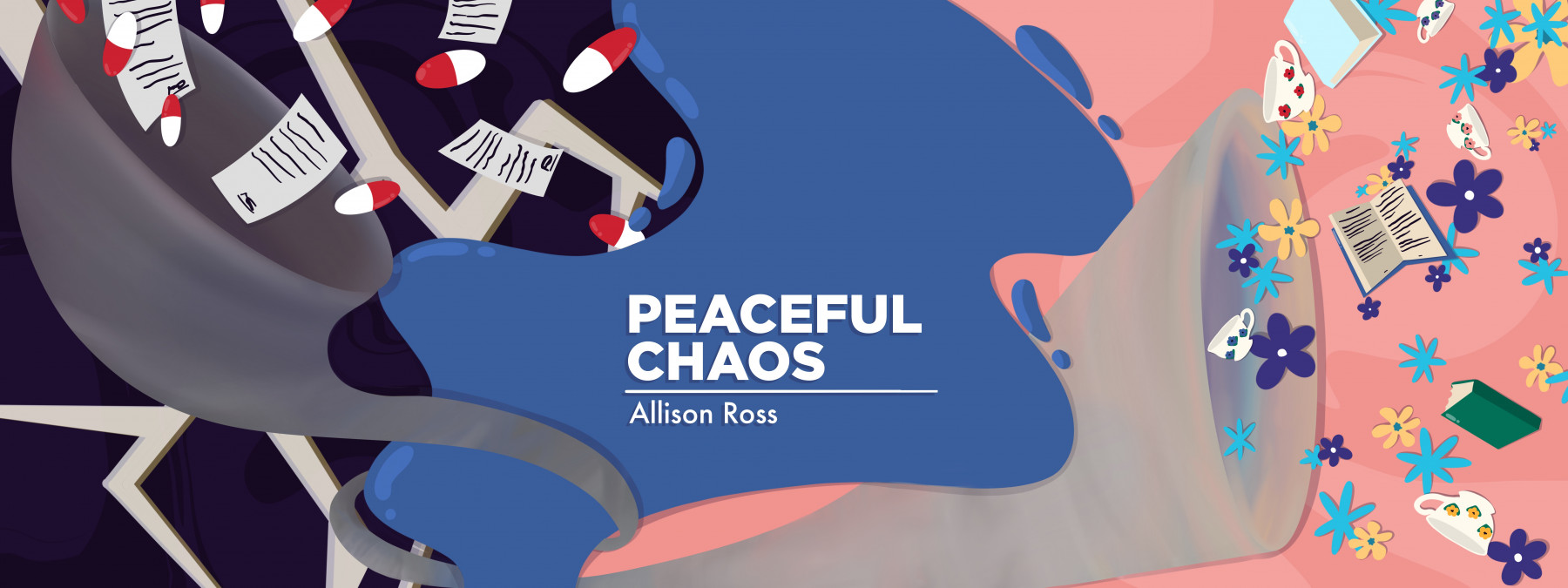Prednisone: A Friend or Foe?

In the vasculitis community, patients often encounter uncomfortable situations. Disease symptoms plague us. Getting used to shifted routines takes some adjustment. And maybe worst of all, new medications can cause debilitating side effects.
Among the various unpleasantries, one name makes even the seasoned autoimmune patient shudder with revulsion: prednisone. It’s the anti-inflammatory drug we all love to hate. We know it controls vasculitis issues, but that’s offset by many other problems we encounter while taking it.
I am fortunate to be many years in remission now, which I don’t ever take for granted. Regardless, the memories of my more difficult years persist. I can’t forget what it was like to be so ill and depressed due to one medication.
What is it?
Prednisone is a powerful corticosteroid often prescribed for vasculitis patients and other maladies. It replaces cortisol, the body’s stress hormone, which means that tapering it down requires close supervision by a physician and extreme care to avoid upsetting the body’s balance. Tapering too quickly usually results in unpleasant withdrawal symptoms.
The usual types of treatment involve prednisone being used as an induction drug, a maintenance drug, or both. It can be paired with methotrexate, azathioprine, rituximab, and many other common vasculitis medications.
Why do we hate it?
This nasty drug disrupts many elements of the body and mind. Its side effects are so dismal it can be tough to see the silver lining, which is that it really does help to control vascular inflammation.
Immediately after I experienced the severe onset of vasculitis at age 16, my doctor put me on a regimen of Cytoxan (cyclophosphamide) with supplementary steroids. The first side effects were the worst, because they were so intense. I woke up in the middle of the night with stabbing twinges of nerve pain in both knees that were so violent my legs would involuntarily move.
Sleep issues such as insomnia are another common problem with steroids like prednisone. I remember three-day periods during which I would unsuccessfully try to get rest because I generally lacked sleep, and then I’d finally drop from sheer exhaustion only to start the spiral over again.
Additionally, for someone who’s self-conscious about their weight, steroids are a nightmare. Prednisone caused me severe weight gain in awkward places, including my cheeks and neck (called “moon face”), as well as a fat deposit, or lump, on my upper back that made me feel like Quasimodo.
Weight gain comes naturally with this steroid, but it’s also unhelpful that prednisone causes an incessant appetite and endless cravings. I recall once eating two loaves of bread within an hour of each other, and I didn’t even feel full! It sounds unbelievable, but that’s the reality of what this monster of a drug does to the brain and the digestive system.
Finally, there’s the osteo-issue. Prednisone weakens the bones and can cause osteoporosis later in life if not handled appropriately. I’ve had to undergo periodic bone-density testing to ensure proper levels at different stages of my teenage years and into young adulthood.
What can we do about it?
Some autoimmune patients remain on steroids for the rest of their lives. But even 5 milligrams per day over a long period can wreak havoc on the body.
In response to these concerns, your physician might have suggestions that suit your particular disease case and lifestyle. For example, if you are planning to be home for a full day, you could practice self-care and get more rest than usual to help you gear up for the next difficult day.
Educate yourself about the side effects of prednisone, and find out what works best for you to cope.
Is there hope?
Until recently, prednisone was the best option for an initial kick to the system when undergoing a vasculitis flare. But recent news in the autoimmune community is that there may be an alternative.
A recently developed drug called Tavneos (avacopan), which was approved by the U.S. Food and Drug Administration late last year, has similar effects to prednisone but without as many ugly challenges. It was the first approved treatment for ANCA-associated vasculitis in over a decade.
I think I speak for the greater vasculitis community when I say that the sooner we can get rid of prednisone, the better for us all. However, we begrudgingly admit that it has helped us during some of our worst disease times. Prednisone is a mixed blessing, but one we must learn to handle.
What have your experiences with prednisone been like? Please share in the comments below.
Note: ANCA Vasculitis News is strictly a news and information website about the disease. It does not provide medical advice, diagnosis, or treatment. This content is not intended to be a substitute for professional medical advice, diagnosis, or treatment. Always seek the advice of your physician or other qualified health provider with any questions you may have regarding a medical condition. Never disregard professional medical advice or delay in seeking it because of something you have read on this website. The opinions expressed in this column are not those of ANCA Vasculitis News or its parent company, Bionews, and are intended to spark discussion about issues pertaining to ANCA vasculitis.








Leave a comment
Fill in the required fields to post. Your email address will not be published.